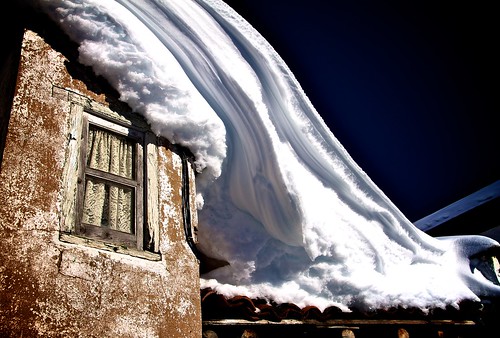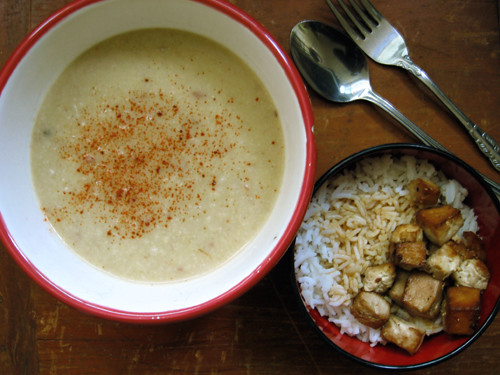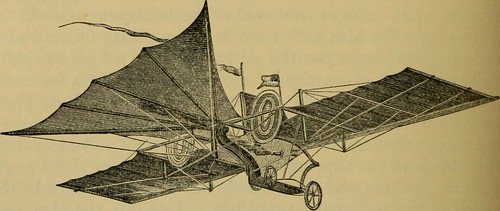Check out these weight loss images:
Tu tupé me gusta :: I like your toupee :: Je aime votre perruque ::: 20150208 2450

Image by Oiluj Samall Zeid
Parámetros :: Parameters :: Paramètres: Canon EOS 1100D; ISO 100; 0 ev; f 10; 1/200 s; 2495 mm Sigma 18-250mm f/3.5-6.3 DC OS HSM
Título :: Title :: Titre ::: Fecha (Date): Tu tupé me gusta :: I like your toupee :: Je aime votre perruque ::: 2015/02/08 12:11
(Es). Historia: Geras de Gordón, León. España. La ventisca hace cosas caprichosas con la nieve y, entre esos caprichos, hay momentos que nos pone en situaciones complicadas. No sería el primer tejado de una casa que lo hunde el peso de la nieve; ese es el otro problema de los pueblos de León en estos días pasados además del más importante que es el acceso libre al pueblo. Caminando por Geras apareció esta antigua casa, de fachada gastada y ventana con una madera que habrá conocido más nevadas como ésta. La cortina que nada nos dice sobre si hace horas o años que alguien la abre para que entre la luz en la imaginada vieja estancia interior. Pegado a la casa está el cobertizo sobre el que la nieve descansa su tupé. El tupé de Elvis era negro y su reluciente traje era blanco. El tupé de la casa es blanco y su traje gastado.
Toma: La calle tenía unos 80 cm de nieve. Las piernas se hundían y el paso era pesado. Seguía la huella de Fray intentando hundirme lo menos posible. Los que venían detrás lo tenían más fácil. Girar el cuerpo para hacer la foto era una pereza permanente y un hundimiento mayor en la nieve: ¡Todo por la foto!. No podía hacer muchas más maniobras, ni cambiar fácilmente de posición, así que allí donde me quedaba de camino para continuar y me parecía la mejor posición… hice la toma.
Tratamiento: Con Aperture. Original en RAW. El encuadre está supeditado a quitar una parte de la izquierda que no tiene interés para la escena y que corta la fachada abruptamente, como se aprecia parcialmente en la parte superior izquierda. El histograma lo modifico para conseguir un contraste mayor incluso en la fachada, cortando las luces altar y moviendo las centrales hacia la derecha. Oscurezco ligeramente las luces bajas para conseguir más contraste con la nieve. Subo ligeramente la saturación y vibración de color. Aplico una viñeta sobre gamma en lugar de sobre exposición, lo que produce la pérdida de fuerza en los bordes, oscureciéndolos.
¡Eso es todo amigos!
(En). The History: Geras de Gordón, León. Spain. Blizzard makes whimsical things with snow and among those quirks, there are moments that puts us in difficult situations. It would not be the first roof of a house that sinks the weight of snow; that’s the other problem of the people of León in these days also passed the most important thing is the free access to the village. Walking Geras appeared this old house, worn facade and window with a wood will be known more snowfall like this. The curtain that tells us nothing about whether hours or years ago someone opens to let light into the imagined old interior room. It stuck to the house is shed on the snow rests his toupee. The Elvis toupee was black and shiny dress was white. The toupee to the house is white and his suit worn.
Taking up: The street was about 80 cm of snow. The legs were sinking and the passage was heavy. Fray footprint still trying to sink as possible. Those behind had it easier. Turn the body to make the photo was a permanent laziness and higher buried in snow: All for the picture !. I could not do more maneuvers, or change position easily, so where I was on the way to continue and it seemed the best position … I made the shot.
Treatment: With Aperture. Original RAW. The framing is subject to remove a portion of the left and of no interest to the scene and cutting the facade abruptly, as partially shown in the upper left. The histogram modified it to achieve greater contrast even in the facade, cutting the altar lights and moving plants to the right. Darken slightly low for more contrast with the snow lights. Slightly increased saturation and vibrancy of color. Apply a vignette on gamma instead of overexposure, causing loss of strength at the edges, darkening.
That’s all folks !!
(Fr). Histoire: Geras de Gordón, León. L’Espagne. Blizzard rend les choses fantaisistes avec de la neige et parmi ces bizarreries, il y a des moments qui nous met dans des situations difficiles. Il ne serait pas le premier toit d’une maison qui coule le poids de la neige; ce est l’autre problème du peuple de León dans ces jours également adopté la chose la plus importante est le libre accès au village. Marcher à travers Geras apparu cette vieille maison, porté façade et fenêtre avec un bois qui sera connu plus de neige comme ça. Le rideau qui nous dit rien sur si les heures ou des années il y a quelqu’un ouvre pour laisser la lumière dans l’ancienne salle intérieure imaginé. Il a collé à la maison est répandu sur la neige repose son toupet. La pompadour Elvis était noire et brillante robe était blanche. Le perruque de la maison est blanche et son costume usé.
Prendre: La rue était d’environ 80 cm de neige. Les jambes se enfonçaient et le passage était lourde. Fray empreinte encore à essayer de couler que possible. Ceux qui sont derrière avait plus facile. Tournez le corps pour faire la photo était une paresse permanent et supérieur enterré dans la neige: Tout pour la photo!. Je ne pouvais pas faire plus de manœuvres, ou changer de position facilement, donc où je étais sur la façon de continuer et il semblait le mieux placé … Je ai pris la photo.
Traitement: Avec Aperture. Origine RAW. Le cadrage est soumis à enlever une partie de la gauche et d’aucun intérêt pour la scène et le découpage de la façade brusquement, comme le montre partiellement dans le coin supérieur gauche. L’histogramme a modifié pour atteindre une plus grande contraste même dans la façade, coupe les lumières de l’autel et le déplacement des plantes vers la droite. Assombrit légèrement bas pour plus de contraste avec les lumières de neige. Légèrement augmenté la saturation et le dynamisme de la couleur. Appliquer une vignette sur gamma au lieu de surexposition, causant une perte de force sur les bords, assombrissant.
Voilà, c’est tout!
Weight Chart – 2013

Image by 2012Jason
In January I had a scale that went up to 270 so i had to guess, in may phone crashed and took all the data with it, In december well it’s the holidays.


